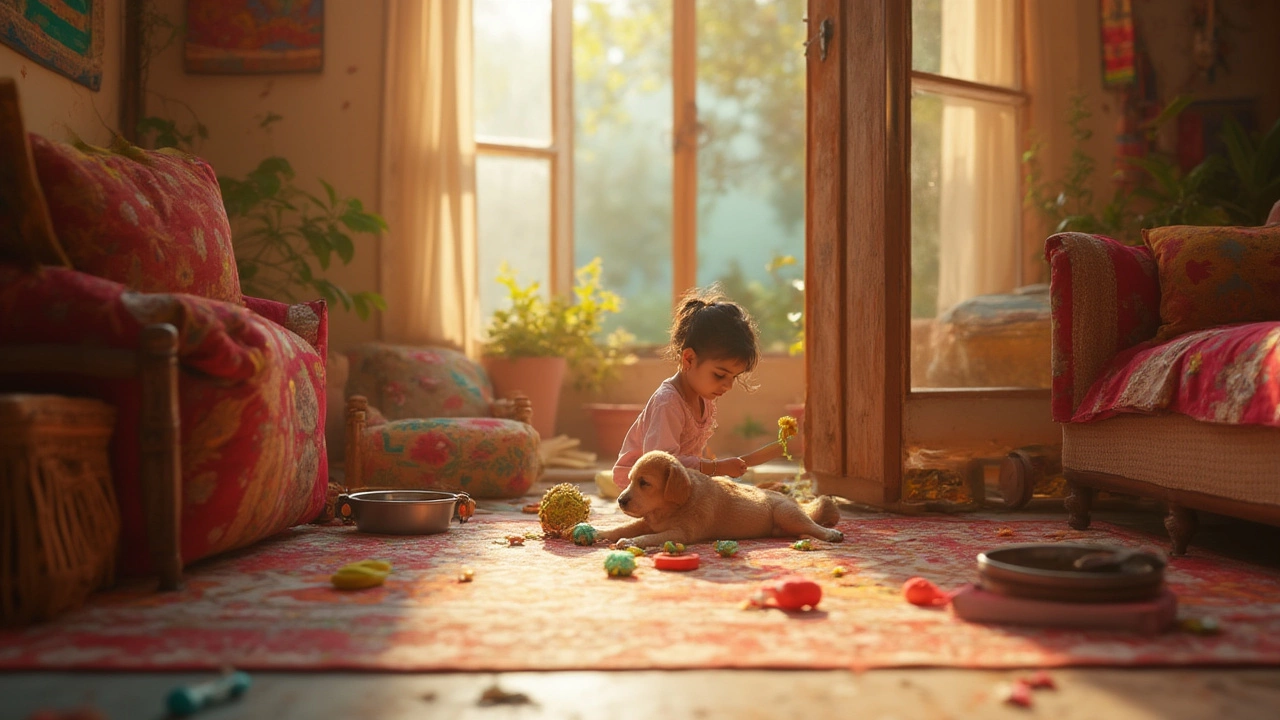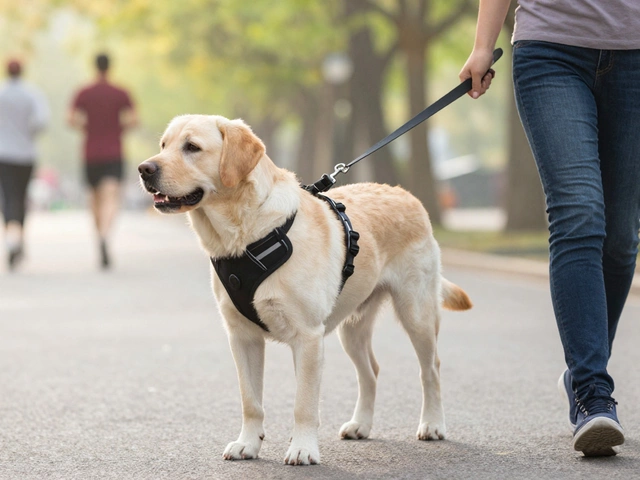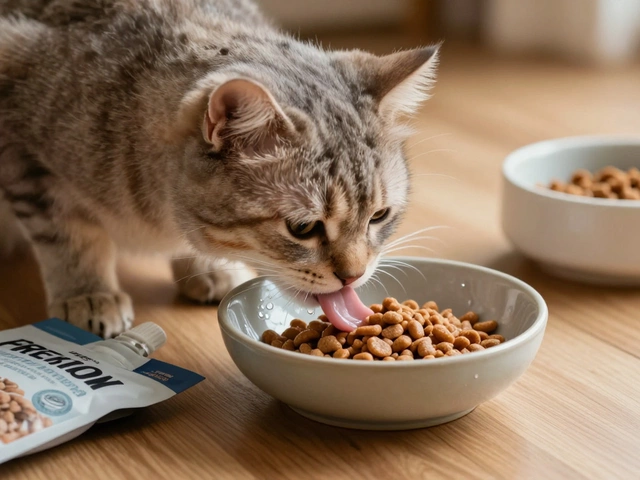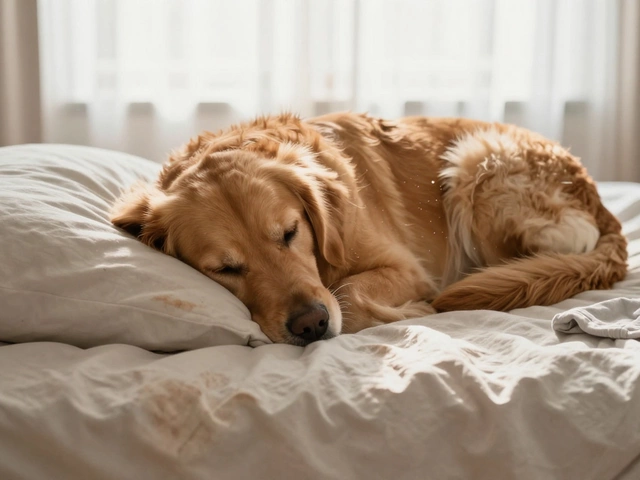New Puppy: Essential Tips for the First Month
Got a fluffy bundle of energy and wondering where to start? The first weeks with a new puppy feel like a roller‑coaster: sleepless nights, surprise expenses, and a lot of "what now?" Let’s break it down so you can enjoy the wagging tail instead of drowning in chaos.
Hidden Costs and Realistic Budget
Most people think the price tag ends at the bag of kibble. In reality, a new puppy can cost anywhere from $1,000 to $2,500 in the first year. Vet visits, vaccinations, microchipping, and a solid crate are just the beginning. Add a good set of chew toys (vets often recommend specific safe chews) and you’ll see the bill climb quickly.
One smart move is to set aside a monthly pet fund. Look at your upcoming expenses and allocate at least $100 for routine care and a little extra for emergencies. Buying supplies in bulk—like dry food or grooming tools—can shave off a few dollars each month.
Training & Routine for the First 30 Days
Training isn’t just about “sit” and “stay.” It’s the foundation for a well‑behaved adult dog. Start with house‑breaking basics: take your puppy to the same spot outside after meals, naps, and play sessions. Expect accidents, but consistency will shorten the timeline.
Build a simple schedule. Feed at the same times, a short walk after each meal, and a designated bedtime routine. Puppies thrive on predictability, and a routine helps them settle faster—so you get a few more hours of sleep.
Socialization is key, too. Introduce your pup to gentle people, other vaccinated dogs, and new sounds (traffic, vacuum cleaners). Short, positive experiences now protect against fear‑based behavior later.
If you’re feeling overwhelmed, the “30‑Day Plan” from our top post breaks each day into bite‑size tasks: day 1‑7 focus on bonding and health checks, day 8‑14 on basic commands, day 15‑21 on crate training, and day 22‑30 on leash walking. Follow it and you’ll see measurable progress.
Don’t forget grooming. Even a short brush session each day gets your puppy used to handling, making later grooming visits less stressful. Ask yourself: do you have the right tools? A soft brush, nail clippers, and a gentle shampoo are enough to start.
Lastly, keep the fun factor alive. Choose chew toys that are vet‑approved for teething pups, like rubber rings or natural bones. Rotate toys every few days to keep the excitement fresh.
With a realistic budget, a steady routine, and a dash of patience, the first month with your new puppy becomes an adventure you actually look forward to. Ready to trade the chaos for wagging tails? Grab a notebook, set that budget, and start the 30‑day plan today.

Surviving the First 48 Hours with a New Puppy: Essential Tips for a Smooth Start
New puppy at home? Here’s how to handle those chaotic first two days, from prepping your space to surviving sleepless nights and bonding with your pup.
read more



